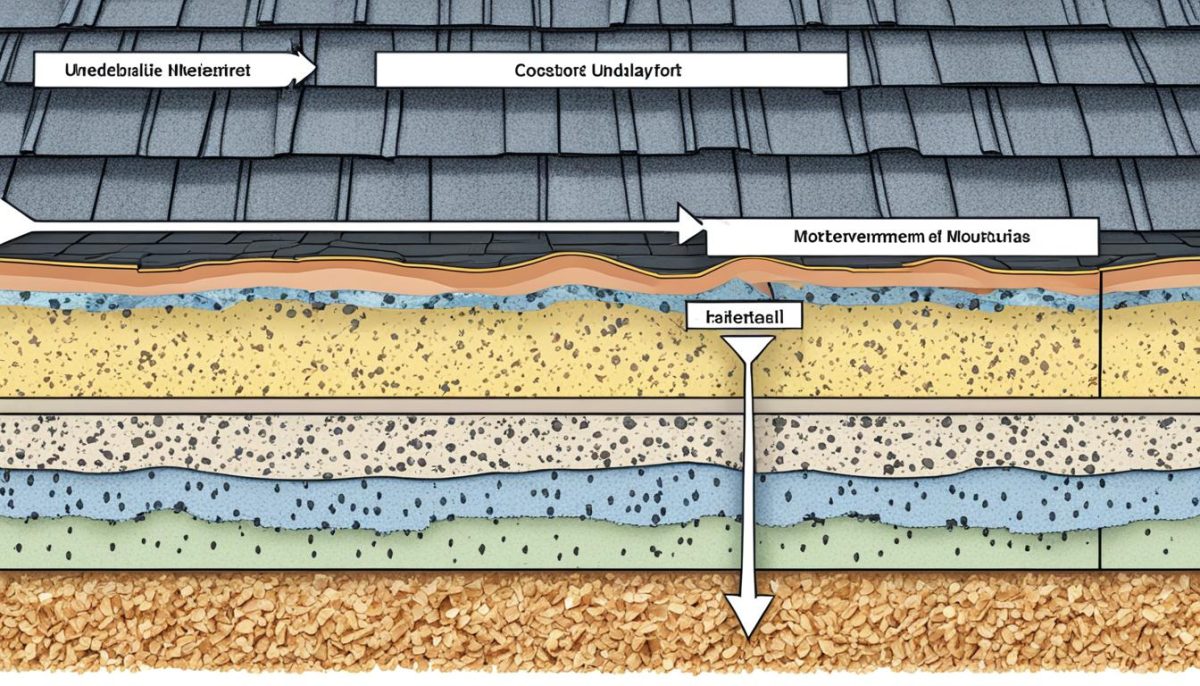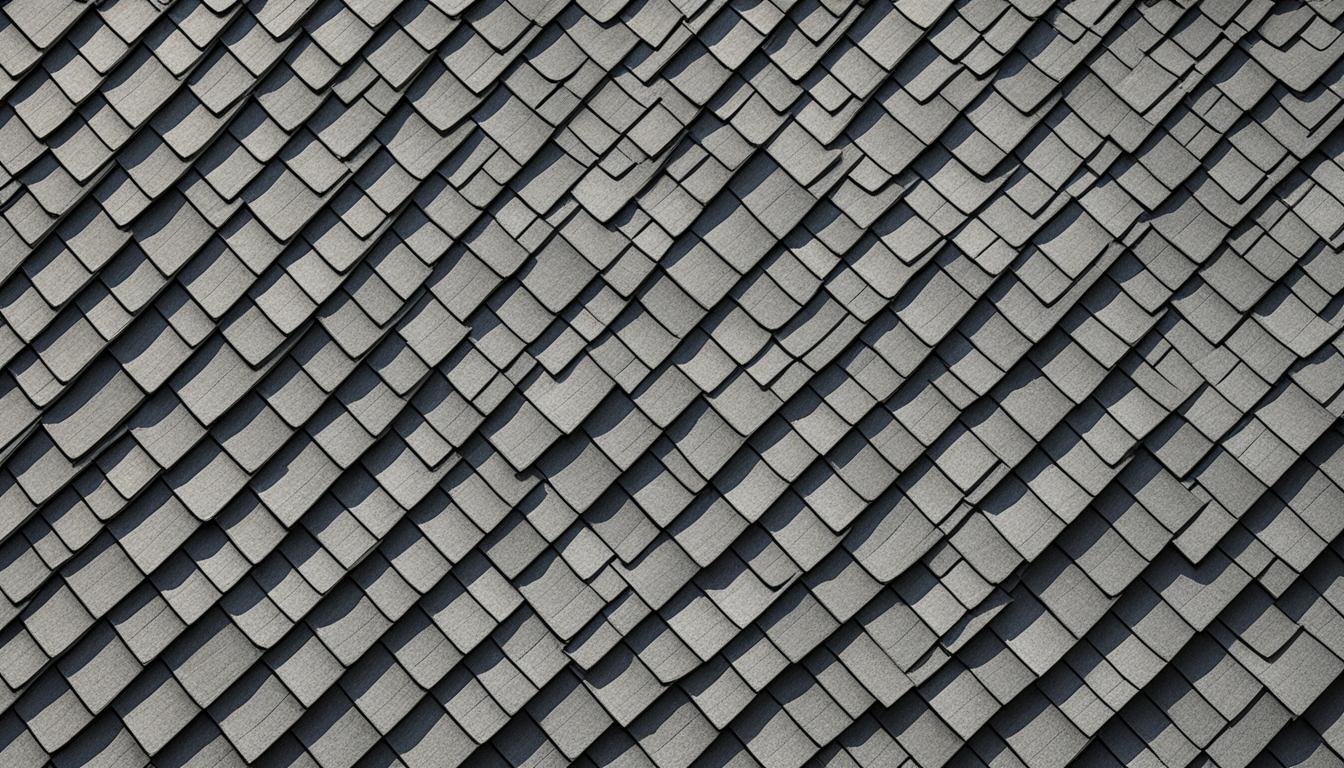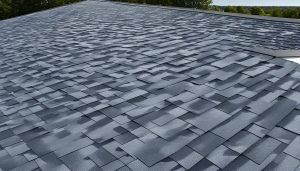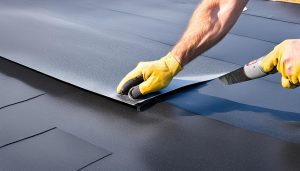Welcome to our comprehensive guide on selecting the perfect roofing underlayment material for your needs. When it comes to roofing, choosing the right underlayment material is crucial for ensuring lasting protection for your home. With so many options available, we understand that the decision can be overwhelming. But don’t worry, we’re here to help!
In this guide, we’ll discuss the different types of roofing underlayment material, the factors you should consider when making your choice, and provide tips on installation and maintenance. By the end, you’ll have all the information you need to make an informed decision and protect your home.
So, let’s dive in and explore the world of roofing underlayment material together. Whether you’re a DIY enthusiast or working with a professional roofer, this guide will equip you with the knowledge necessary to choose the right material. Let’s get started!
Types of Roofing Underlayment Material
When it comes to choosing the right roofing underlayment material for your project, it’s important to understand the different options available. Each type of material offers unique features, benefits, and drawbacks that can impact the overall performance and longevity of your roof.
Here are some of the most common types of roofing underlayment materials:
- Asphalt-Saturated Felts: These traditional underlayment materials are made from a base of organic or fiberglass matting saturated with asphalt. They offer good protection against water infiltration and are often used in residential roofing projects.
- Rubberized Asphalt: This type of underlayment material is made from a mixture of asphalt and rubber polymers. It provides enhanced waterproofing properties and is more flexible than traditional asphalt-saturated felts.
- Synthetic Underlayment: Synthetic underlayment materials are typically made from polypropylene or polyester. They offer excellent durability, tear resistance, and UV protection. Synthetic underlayment is lightweight, easy to install, and can be used with a variety of roofing materials.
By understanding the characteristics and benefits of each type of roofing underlayment material, you can make an informed decision that aligns with your specific project requirements and budget.
Factors to Consider When Choosing Roofing Underlayment Material
When it comes to choosing roofing underlayment material, several factors should influence your decision. By carefully considering these factors, you can ensure that the underlayment material you choose will provide optimal performance and protection for your roof. Let’s explore the key considerations:
- Climate: The climate in your region plays a significant role in selecting the right underlayment material. For example, in areas with high humidity or heavy rainfall, a moisture-resistant material like rubberized asphalt underlayment can be an excellent option.
- Roof Slope: The slope or pitch of your roof is another important factor to consider. Different underlayment materials are suitable for various roof slopes, providing effective water shedding and preventing moisture penetration.
- Cost: Budget is always a consideration. While comparing prices, it’s important to weigh the cost against the durability and performance of the underlayment material. Remember, investing in a high-quality material upfront can save you money in the long run.
- Compatibility: Compatibility with the roofing materials you plan to use is essential. Ensure that the underlayment material is compatible with the type of shingles or other roofing materials you’ll be installing.
Considering these factors will help you make an informed decision and choose the right roofing underlayment material for your needs. Now that we’ve discussed the factors to consider, let’s move on to the next section, where we’ll explore the installation and maintenance aspects of roofing underlayment material.

Installation and Maintenance of Roofing Underlayment Material
Proper installation and regular maintenance are crucial for ensuring the effectiveness and longevity of your roofing underlayment material. By following these practical tips, you can enhance the protection provided by your underlayment and extend its lifespan.
During the installation process, it is important to carefully follow the manufacturer’s guidelines. Start by preparing the roof surface, ensuring it is clean, dry, and free from any debris. Lay the underlayment smoothly, avoiding any wrinkles or gaps that could compromise its functionality.
Additionally, pay attention to the lap seams, ensuring they are properly sealed to prevent water infiltration. Use recommended fasteners or adhesives as specified by the manufacturer. Properly sealing the edges and any penetrations, such as around vents or chimneys, is also essential for maintaining a watertight barrier.
To maintain your roofing underlayment material, perform regular inspections to identify any signs of damage or wear. Check for tears, punctures, or any areas where the underlayment may have detached from the roof structure. Promptly address any issues to prevent water intrusion and potential damage to your roof.
Cleaning the underlayment on a regular basis can help remove any debris that might accumulate over time. Use a soft-bristle brush or a broom to gently sweep away leaves, twigs, and other debris. Avoid using harsh chemicals or abrasive tools that could cause damage to the material.
By implementing these installation and maintenance practices, you can ensure optimal performance and longevity of your roofing underlayment material, providing your home with superior protection against the elements.




